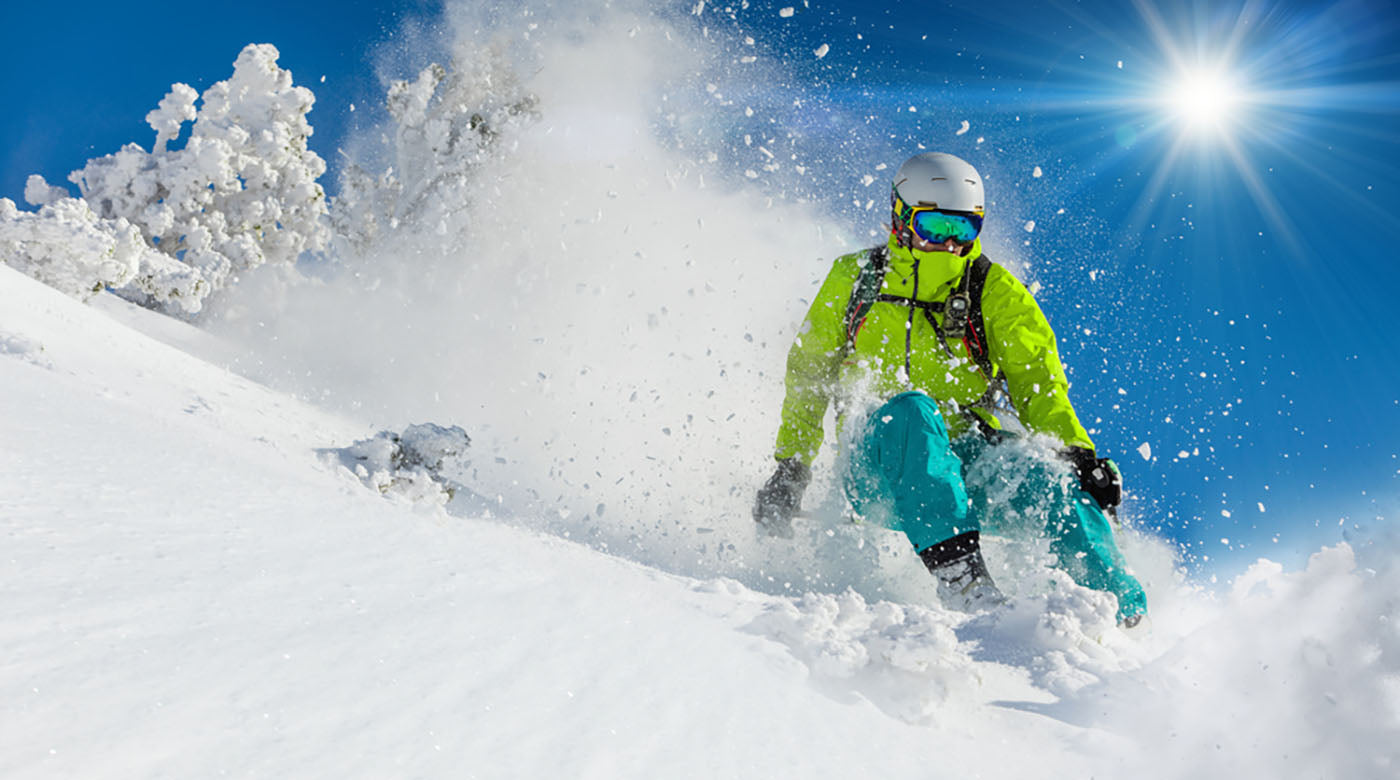Source: Jakub Sisulak/Shutterstock.com
Visit any pro motorcycle race, and you’ll see at least one hotshot rider dragging their knee against the ground while leaning into a turn. The crowd goes wild as the photographers lining the race track snap the ultimate action shot. Kissing knees to the ground has become a badge of honor within the riding community, giving newbies something to aspire to on the track. But knee dragging is more than a stunt — it can help you measure the speed and angle of your turn. According to Motorcyclist, racers have been putting their knees to the tarmac since the dawn of pro racing in the 1970s.
What Is Motorcycle Knee Dragging?
Riders lean into turns when cornering by hanging off to the side, which makes for faster, easier turning. How far they lean depends on the radius of the turn. When riders round the end of the race track, they often have to lean so far to the right or left that their knee appears to touch the ground. Proper body position and cornering techniques prevent the rider from falling to the ground. They lean back towards the center when coming out of the turn as they return to the upright position.
Use Motorcycle Helmet Communication to Talk Hands-FreeIs Motorcycle Knee Dragging Safe?
Non-riders and newcomers alike are often dismayed to see pros dragging their knees across the pavement, but it’s a delicate dance that keeps the rider in control.
Knee dragging is safe when done correctly. Riders lightly skim their knees against the track when they lean far enough to the side instead of forcing their knees to the pavement. The knee pads will absorb the impact to prevent bruising and scraping. That’s why professional racers have worn-down knee pads. You might even see aspiring athletes sanding down their pads to make it look like they’re skidding their plates, but this needlessly ages the gear. Wear the proper motorcycle safety gear, including a helmet, pads and durable pants, and replace your pads as needed to reduce the risk of injury.
It's easy to psych yourself out when hanging off the side of your bike. Practicing with another rider or a coach will help you get into the right state of mind. Use motorcycle helmet communication to have your mentor talk you through the process.

Source: Jakub Sisulak/Shutterstock.com
What Are the Risks?
Inexperienced riders often injure themselves in pursuit of the almighty knee-dragging racing pic. If the rider leans too far to the side or prematurely forces their knee down, they could fall during the turn, with their knee taking the brunt of the impact. This can lead to severe injury, even with a helmet and pads.
Knee dragging only works on the track. If you try it on the street, you can easily snag the sidewalk or another obstacle. Pavement is also coarser than a well-maintained track, with gravel, dips and grooves that will tear your pants and pads to shreds. That’s why most motorcycle courses don’t teach knee dragging.
Find Motorcycle Safety Gear to Stay Safe on the TrackWhat Are the Benefits of Knee Dragging?
Some riders love to show off, but any experienced professional knows that knee dragging is like having a sixth sense during a race.
Touching your knee to the ground shows you how far you leaned and how quickly you are leaning into the turn. It also helps you measure the radius of your turn in relation to the track. When you lift your knee, you can use the drag, or lack thereof, to measure how fast you’re coming out of the turn.
As you practice touching your knee to the track, you will develop a rhythm during the race. Professionals aim to touch their knees in the same place on every lap for consistent speed.

When and How to Motorcycle Knee Drag
Knee dragging can be a recipe for disaster for overly ambitious riders looking to turn heads. You can’t perfect the art without first learning how to corner and lean into a turn.
The bike tilts right or left during a turn. Lean your upper body towards the inside of the turn with your rear firmly planted on the seat. Slowly increase the turn radius as you steer the handlebars farther into the turn. Your body will get lower to the ground the tighter the turn, making it easy for your knee to touch. Hitting the race track is the best place to practice. Get in the habit of leaning into turns on every lap as you angle farther to the right or left.
When in doubt, let the pavement come to your knee instead of bending your knee to the pavement. It always helps to have a second pair of eyes. Use quality motorcycle helmet speakers to listen to your instructor’s words of wisdom.





